Hotel Boca Chica, Acapulco
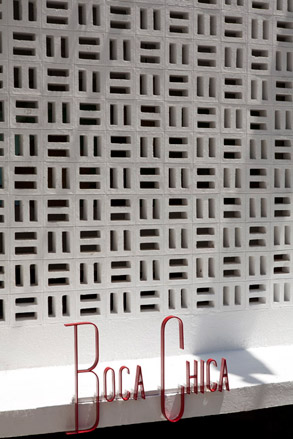
Acapulco hasn't had the best rap in recent years. Once a haven for the gorgeous and glamorous, the resort's 1950s heyday seemed all but a distant memory. That is until Grupo Habita - the hoteliers behind Distrito Captial and Habita Monterrey - announced, back in 2008, a major overhaul of vintage Acapulco outcrop, the Hotel Boca Chica.
Reopened this month, the residence - now owned by Mexican architect Fernando Romero, a former protégé of Rem Koolhaas - marries the old world charm of the original hotel with a sharpened sense of contemporary style.
Pulled together by a design team headed up by Frida Escobedo and José Rojas, the pale greens and understated shades of the Boca Chica's 30 guestrooms are complemented by a smattering of vintage furnishings, original lattice brick work and terrazzo floors - while each of the hotel's six suites feature outdoor living rooms and private gardens.
With a restaurant headed up by sushi chef Keisuke Harada - of New York's Bond St. - poolside massage cabanas and the deliciously named Coco Wash disco, the Boca Chica marks a return to glittering Acapulco standards.
What's more, Mexican artist Pedro Reyes has designed a one-off installation (of sorts) to be unveiled in line with the opening - a floating island, which will bob buoyantly in the ocean fronting the hotel.
The doughnut-shaped, hollow white structure has been built to mimic mid-ocean rafts, the kind of which were used by pre-sunscreen bathers to catch the rays. Described by Reyes as an 'unknown floating object', the island features an interior pool and a geometric pattern of windows, which dapple the light within.

Inspired by the 1950s original, the Boca Chica has been returned to its former glory. Courtesy of Hotel Boca Chica.
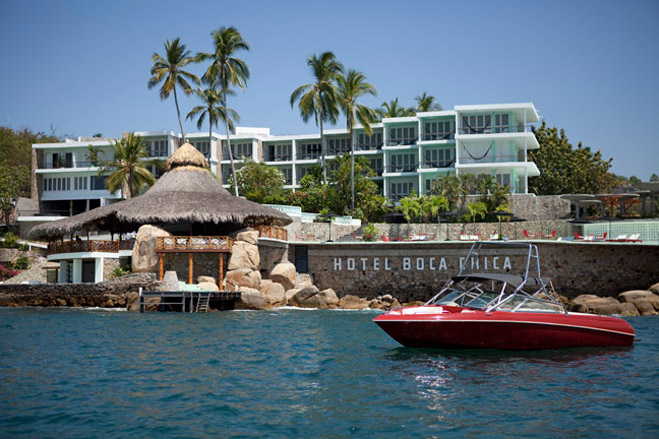
Arrival to the Boca Chica is by way of water taxis. Courtesy of Hotel Boca Chica.

The chi-chi 1950s-inspired interior was thought up by a design team including Frida Escobedo and José Rojas. Courtesy of Hotel Boca Chica.
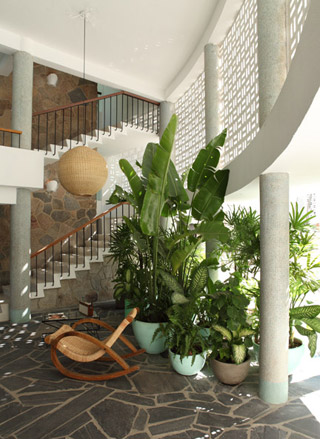
The hotel's interior combines the old world charm of the original with a sharpened sense of contemporary style. Courtesy of Hotel Boca Chica.
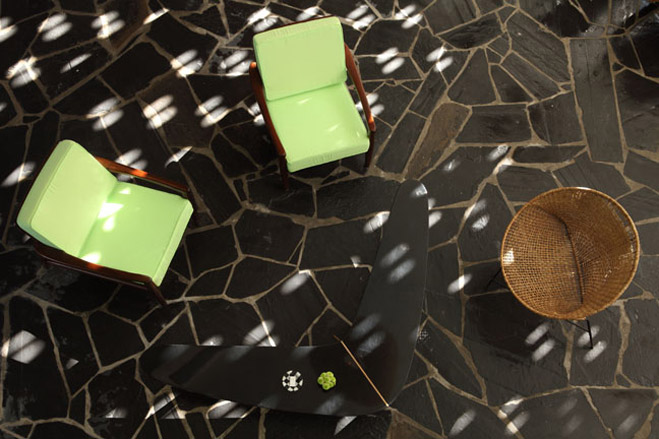
Pale greens and understated shades can be found throughout.
Courtesy of Hotel Boca Chica.
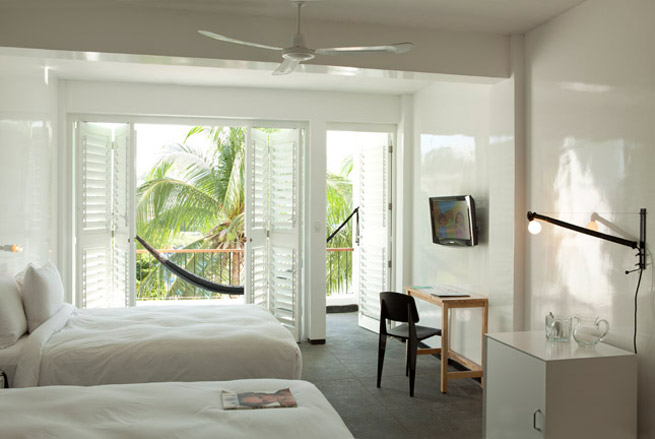
The Boca Chica's 30 guestrooms are complemented by vintage furnishings, original lattice brick work and terrazzo floors. Courtesy of Hotel Boca Chica.
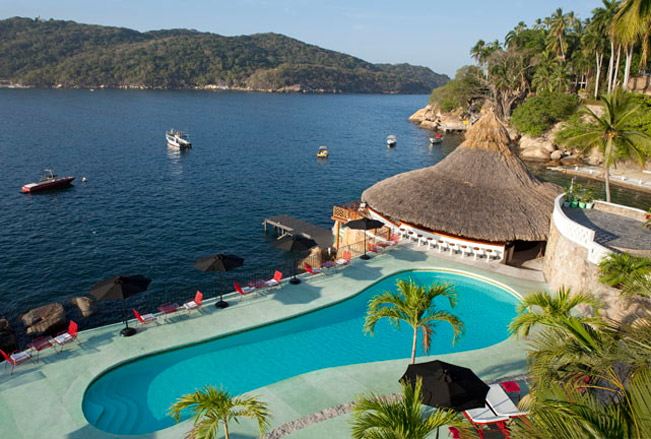
The large amoeba-shaped pool overlooks the hotel's private cove. Courtesy of Hotel Boca Chica.
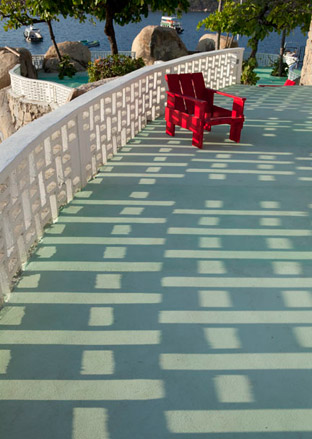
The hotel comes complete with 1,000 sq m of spa, and open air terraces. Courtesy of Hotel Boca Chica.
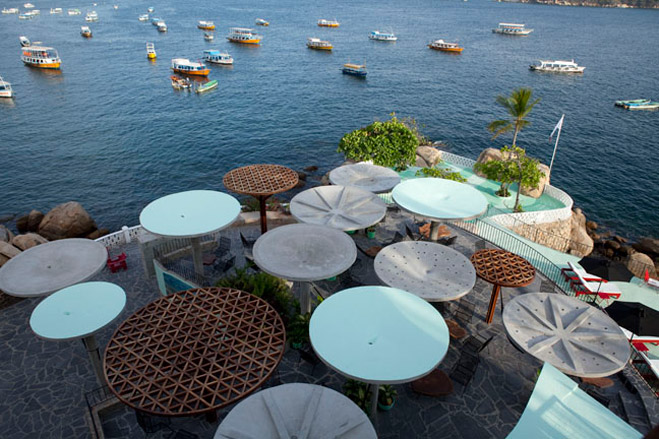
The open air bar features a plantation of concrete and wood umbrellas. Courtesy of Hotel Boca Chica.
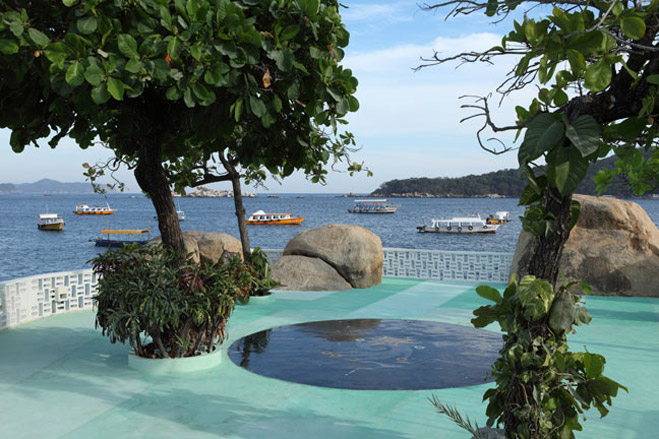
The pool and restaurant boast views across to the Roqueta Island - a nature reserve in Acapulco. Courtesy of Hotel Boca Chica.

The outside areas also feature poolside massage cabanas and the Coco Wash disco. Courtesy of Hotel Boca Chica.
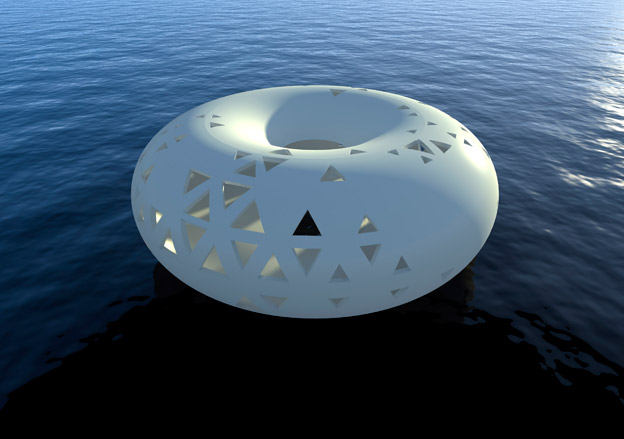
Mexican artist Pedro Reyes has designed a 'Floating Island' in conjunction with the opening of the hotel.
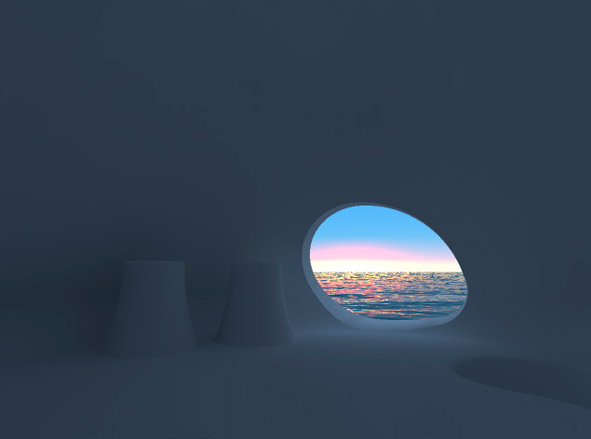
Designed to emulate 50s-style sunbathing rafts, the doughnut-shaped structure features an interior pool.
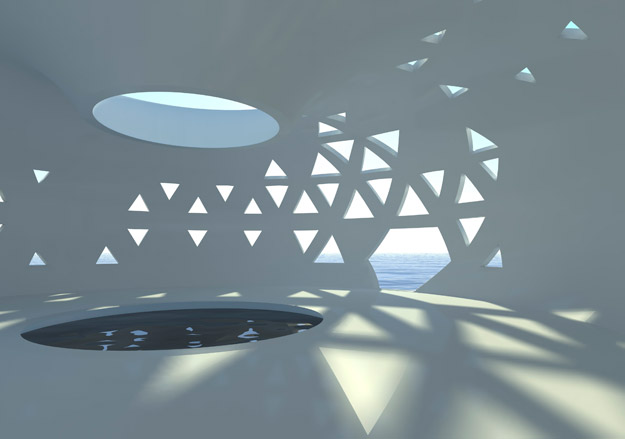
Featuring a latticework of geometric portholes, the floating island protects bathers from harmful UV rays, while creating an attractive, dappled lighting effect.
ADDRESS
Receive our daily digest of inspiration, escapism and design stories from around the world direct to your inbox.
Hotel Boca Chica
Punta Caletilla
Fraccionamiento las Playas
Acapulco, 39390
Guerrero, México
-
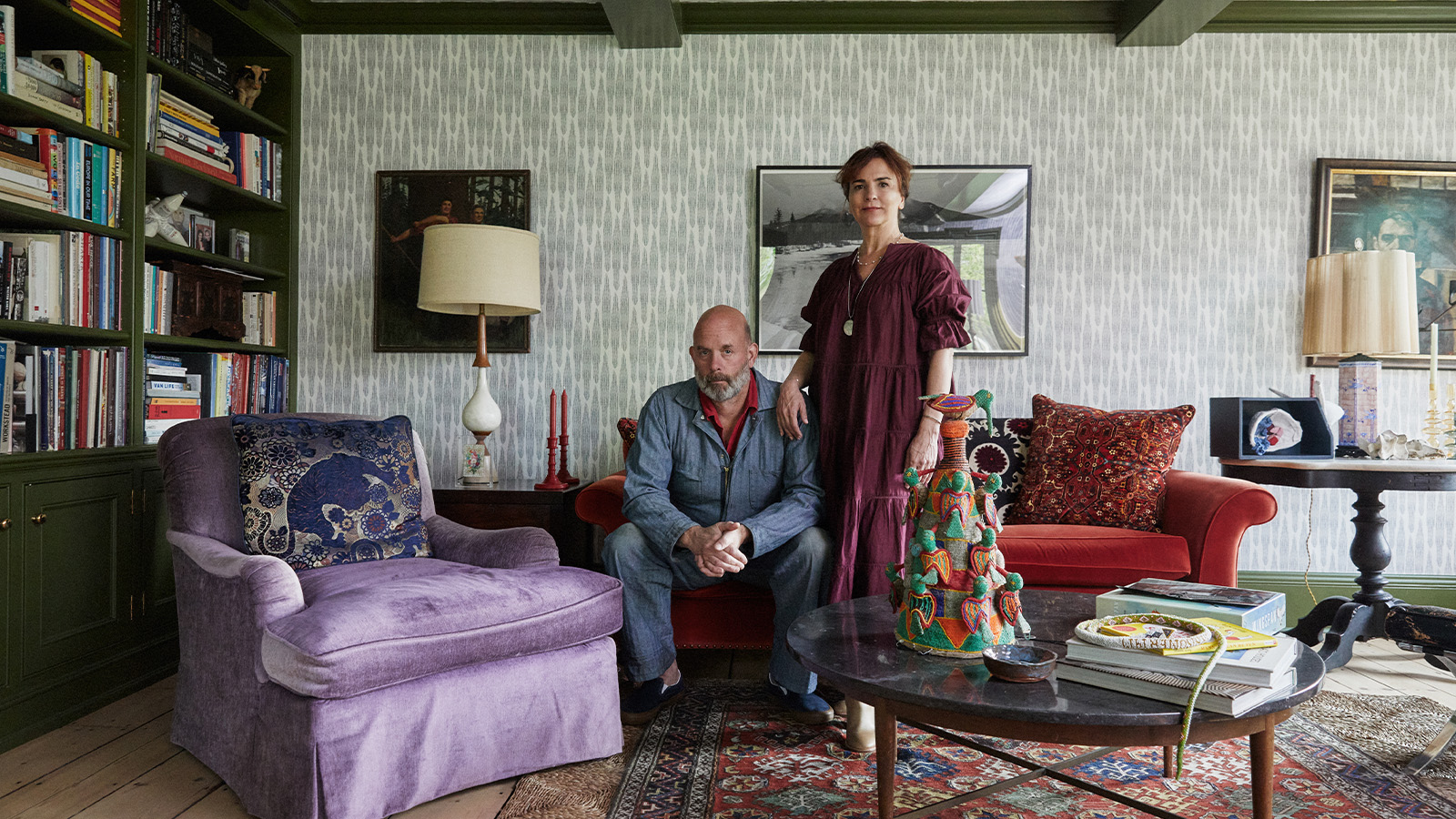 How We Host: Interior designer Heide Hendricks shows us how to throw the ultimate farmhouse fête
How We Host: Interior designer Heide Hendricks shows us how to throw the ultimate farmhouse fêteThe designer, one half of the American design firm Hendricks Churchill, delves into the art of entertaining – from pasta to playlists
-
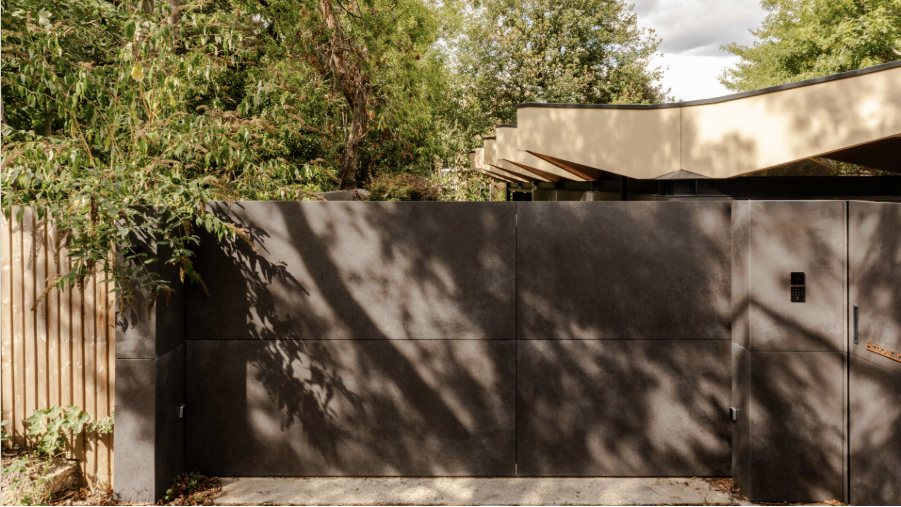 Arbour House is a north London home that lies low but punches high
Arbour House is a north London home that lies low but punches highArbour House by Andrei Saltykov is a low-lying Crouch End home with a striking roof structure that sets it apart
-
 25 of the best beauty launches of 2025, from transformative skincare to offbeat scents
25 of the best beauty launches of 2025, from transformative skincare to offbeat scentsWallpaper* beauty editor Mary Cleary selects her beauty highlights of the year, spanning skincare, fragrance, hair and body care, make-up and wellness
-
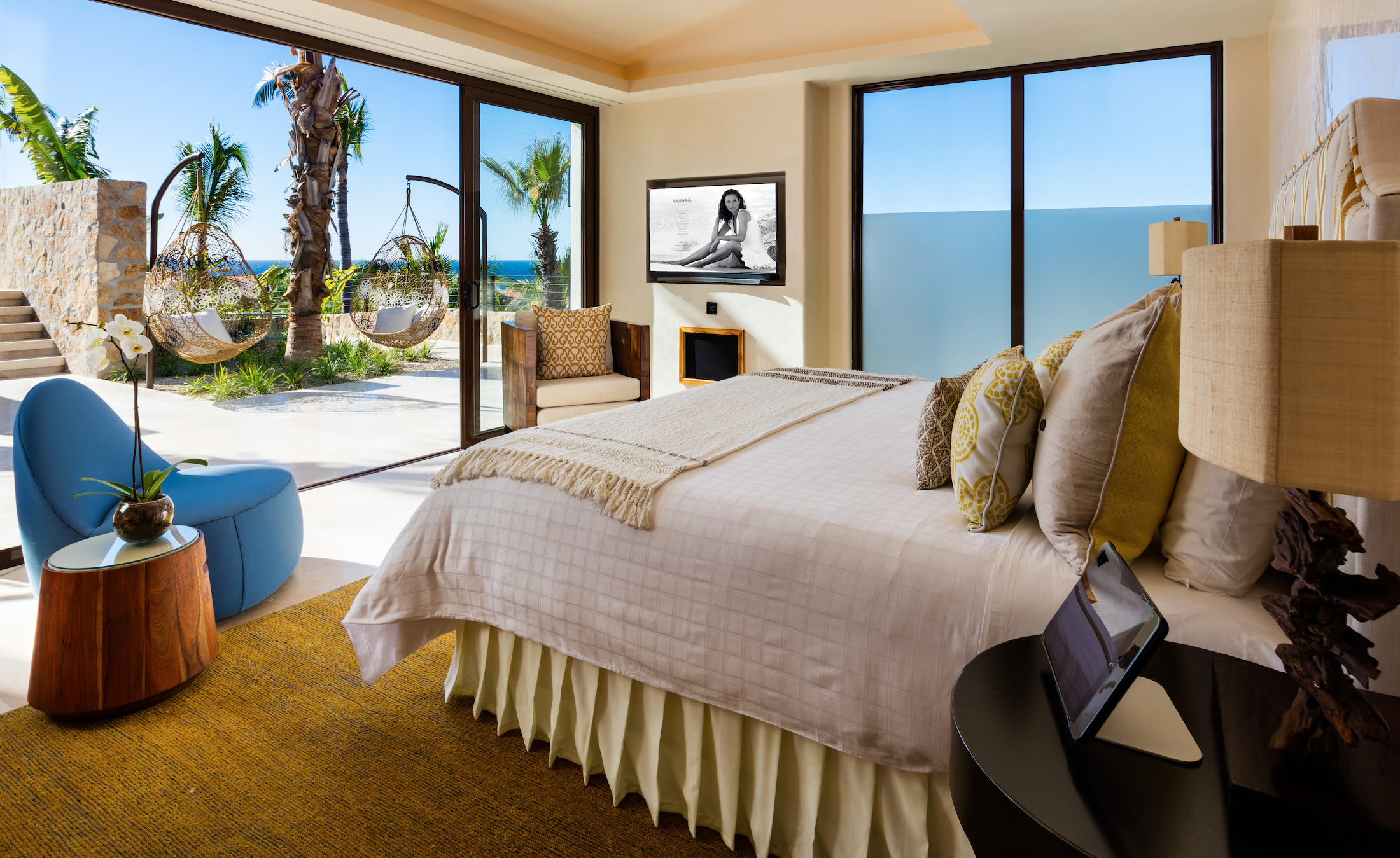 Villa One at the One & Only Palmilla — Los Cabos, Mexico
Villa One at the One & Only Palmilla — Los Cabos, Mexico -
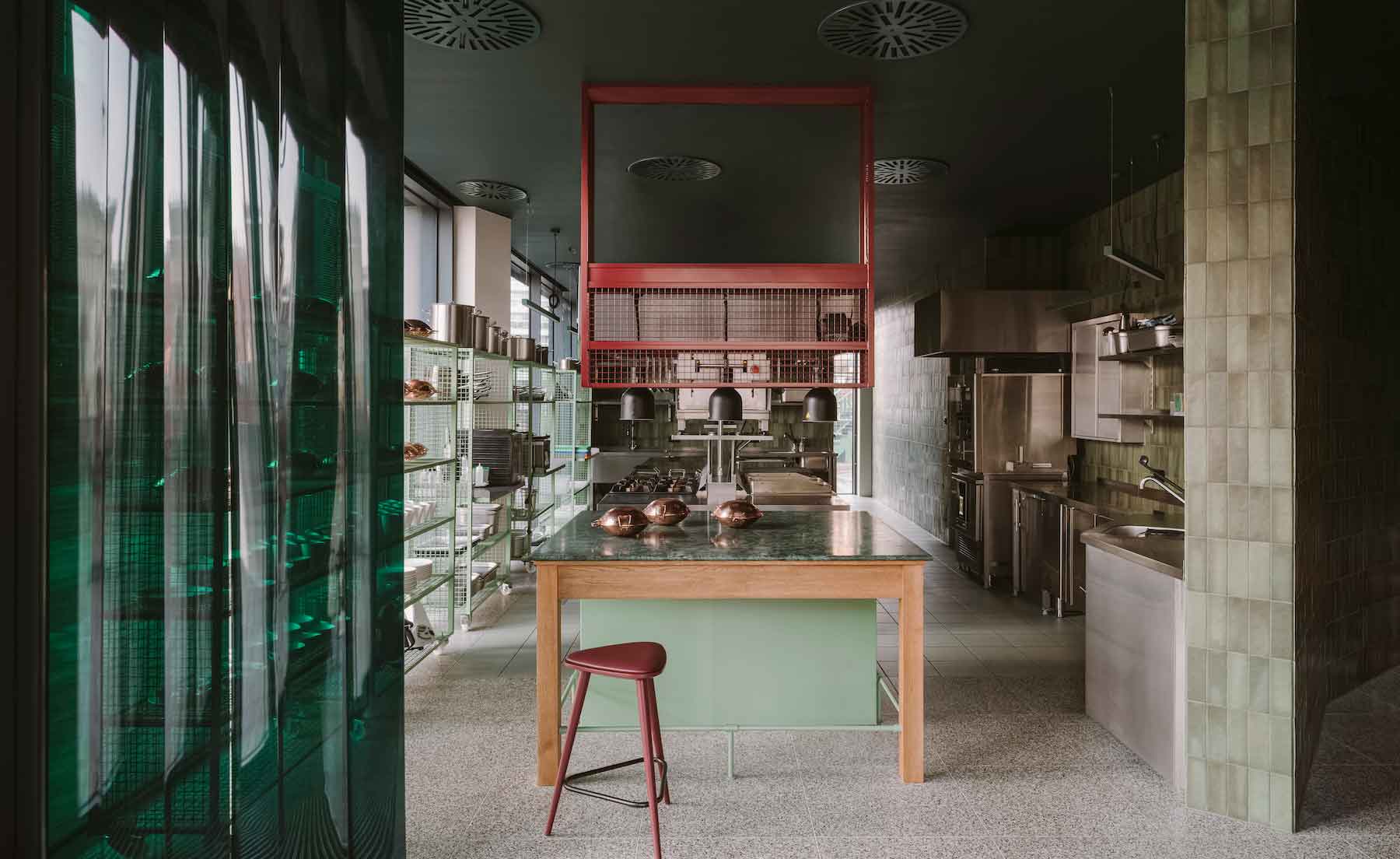 Martim — Wroclaw, Poland
Martim — Wroclaw, Poland -
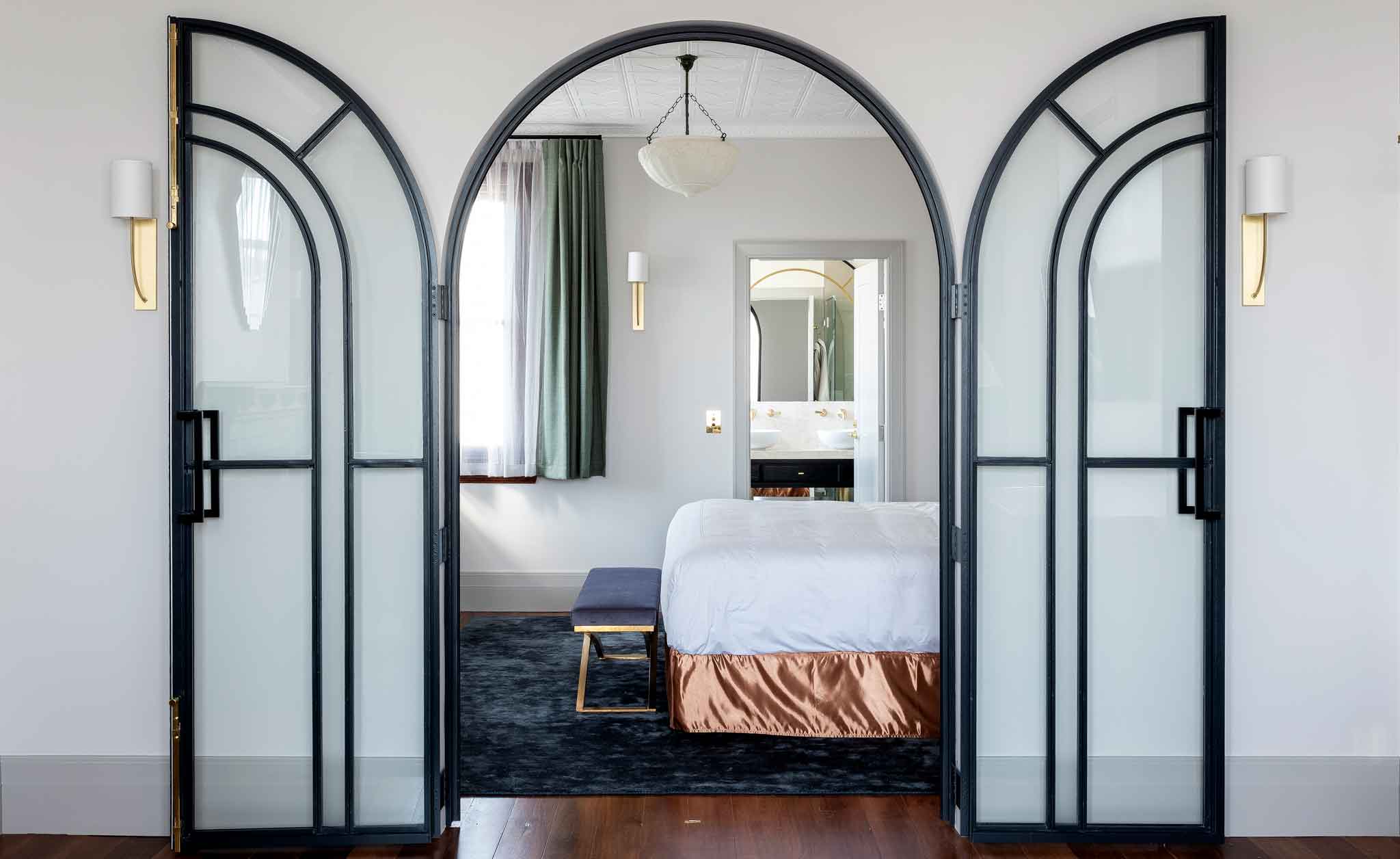 Tattersalls Hotel — Armidale, Australia
Tattersalls Hotel — Armidale, Australia -
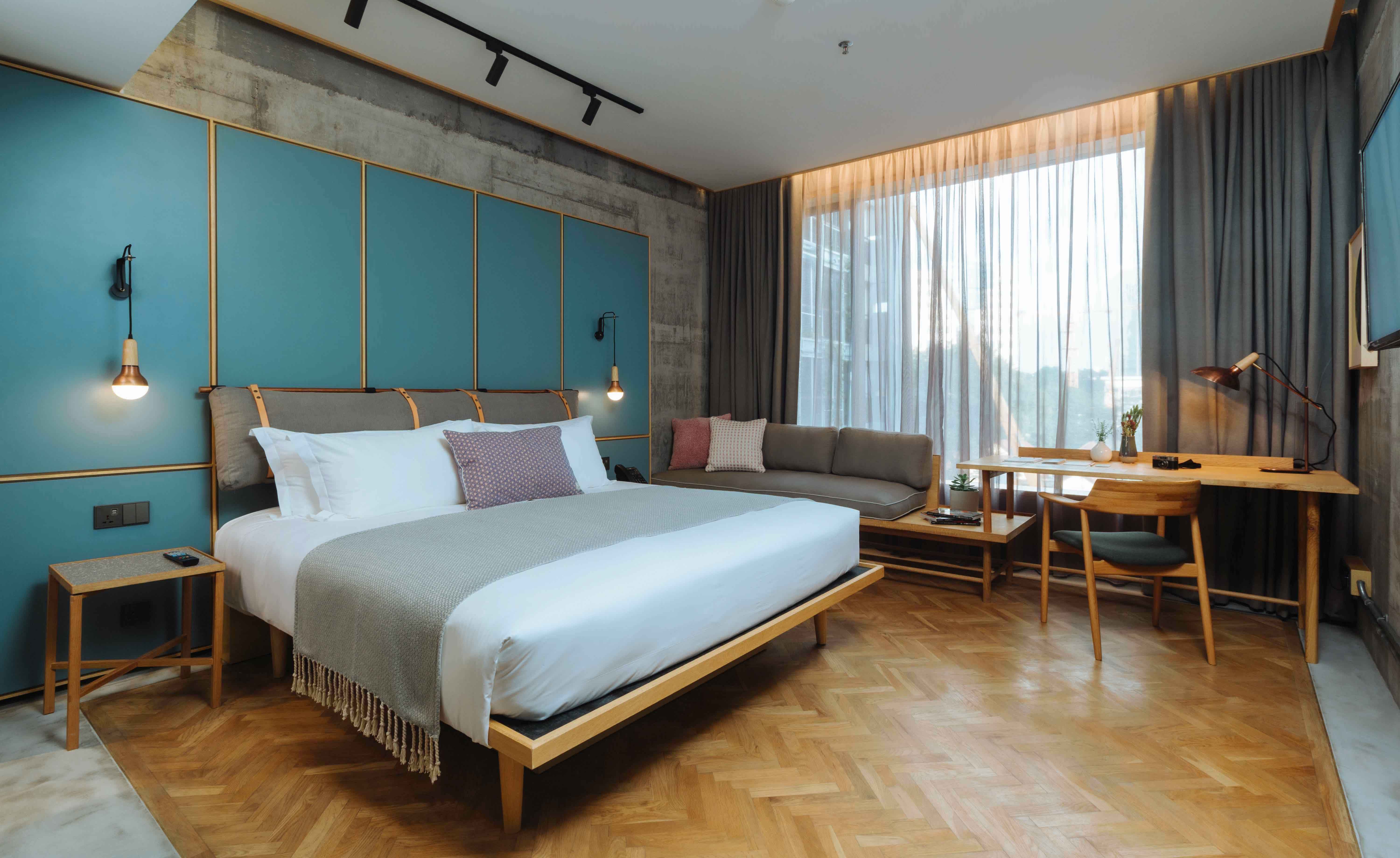 KLoé Hotel — Kuala Lumpur, Malaysia
KLoé Hotel — Kuala Lumpur, Malaysia -
 Casa Hoyos — San Miguel de Allende, Mexico
Casa Hoyos — San Miguel de Allende, Mexico -
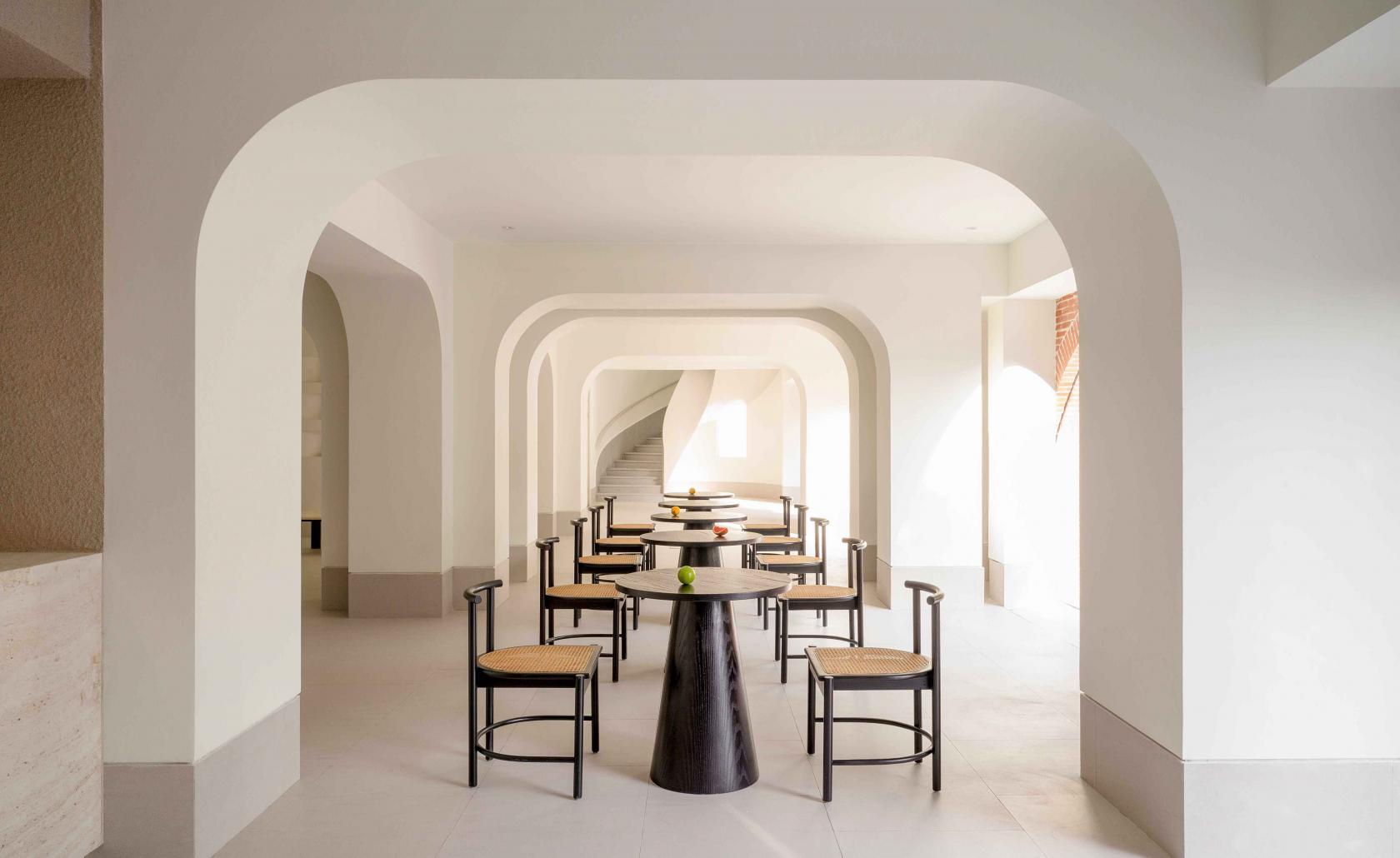 Littlenap — Hangzhou, China
Littlenap — Hangzhou, China -
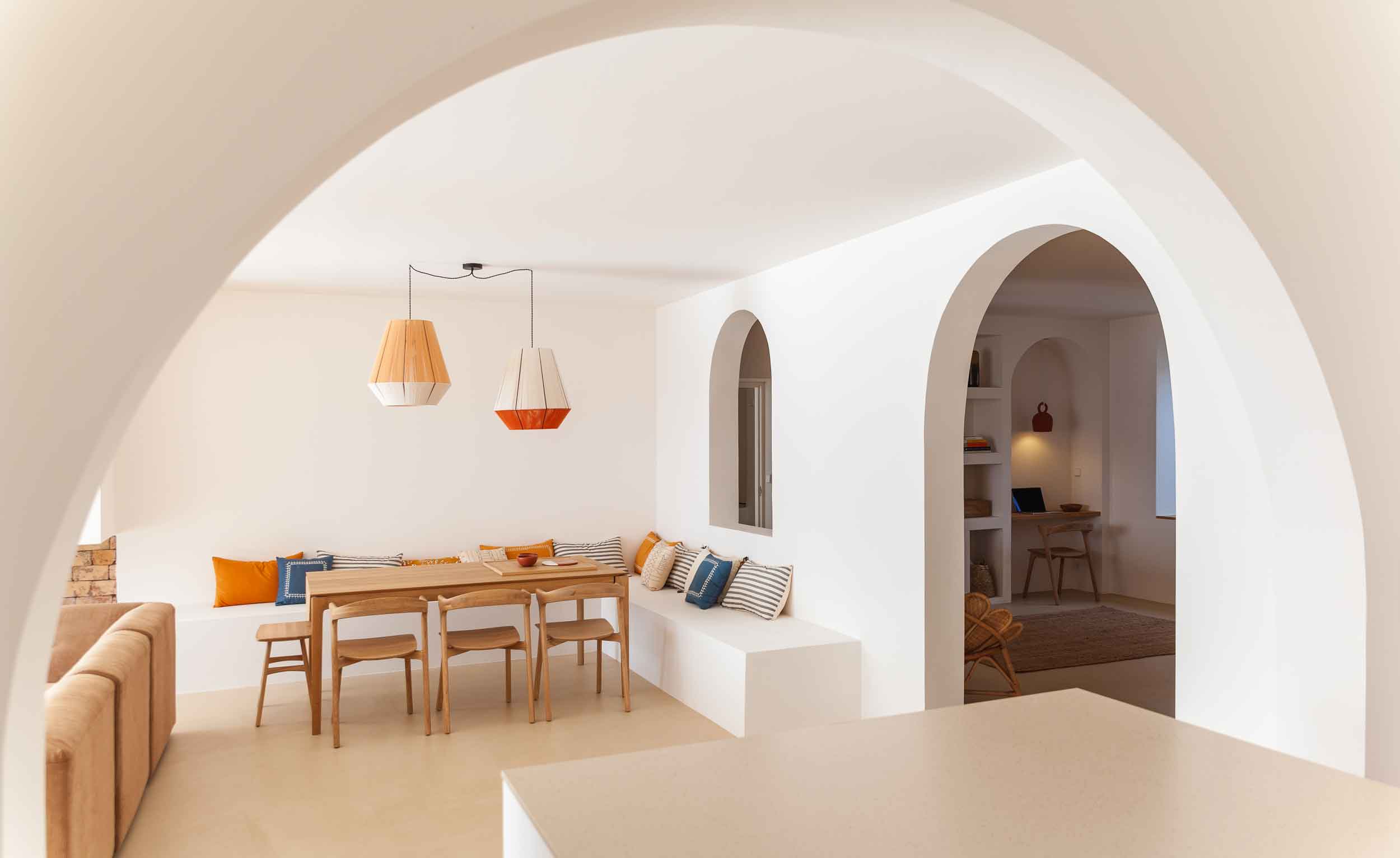 Casa Santa Teresa — Corsica, France
Casa Santa Teresa — Corsica, France -
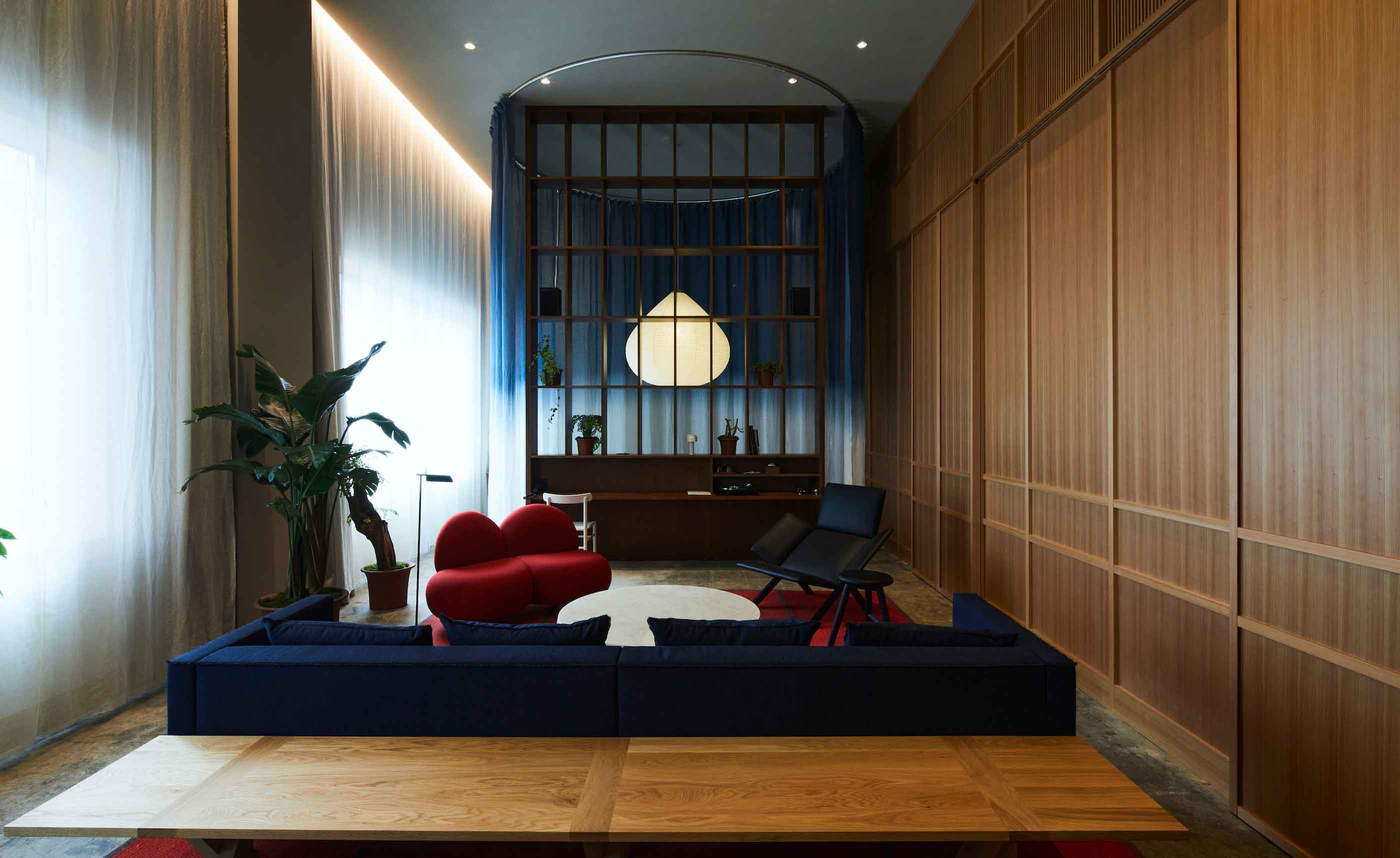 Swedish studio Claesson Koivisto Rune designs K5, a new hotel in Tokyo
Swedish studio Claesson Koivisto Rune designs K5, a new hotel in TokyoStep inside Claesson Koivisto Rune’s design as a 1920s bank turns hotel